What Is Training Load And How Is It Calculated?

Do you know how much training load you’re putting on your body? Is it too much for you to handle, or too little to get fitter? We have so much data available to us during and after runs, but it can be quite overwhelming!
In this post, we’re going to be going through EXACTLY what training load is, how it’s calculated and what the numbers on your watch mean!

What is training load?
In the most simple of terms, Training Load is the cumulative amount of exercise you’re doing, usually measured over a week. It can be measured by taking a couple of things into account – duration and intensity.
- Duration is easy to measure. But intensity could be anything from how fast you’re running or your heart rate.
- Training Load is calculated by taking a measure of the total volume of your training, across all disciplines, for the last 7 days.
The volume of a workout is the Excess post-exercise oxygen consumption – or EPOC – it creates, as estimated from heart rate data gathered during the workout. Your current training load then is just the sum of EPOC measurements for the last 7 days.
Excess post-exercise oxygen consumption is the amount of oxygen your body will utilize after a challenging performance to restore itself and return to its normal, balanced resting condition.
The usual way of measuring EPOC involves fancy lab tests, but most watches tend to use their own algorithm, combining various metrics such as data from your heart rate to produce a final figure.
To give you an idea of what EPOC numbers look like, a 45 minute run at 75 per cent of max heart rate results in an EPOC value of about 50.
For very light exercise efforts at less than 65 per cent of max heart rate, EPOC accumulates very slowly.
So it’s possible during 15 minutes of moderately hard exercise to get higher EPOC than from a full hour at lighter effort.

What do the numbers mean?
Most watches that can measure this type of data will display your EPOC as a dial gauge so that you can see your current load relative to where you should be. The optimal range for training load is in the middle. If you are on the right of that you are too high, and on the left then your load is too light.
The optimal range is determined primarily based on your fitness level, so the higher your VO2 max, the higher YOUR optimal range will be for your training load.
This is based on scientific studies that show that the fitter you are, the harder you can train, and the harder you need to work to continue improving.
It will change over time and adapt as your own fitness levels change over time. You can always see where you are now and adjust accordingly.
When you see that you are pushing toward the upper limit of your optimal range, you know that pushing yourself any harder would likely be counterproductive – and could end up with signs of overtraining, including injury.
On the other hand, if you slide down toward the lower end of the optimal zone you can see that it’s time for a bigger challenge.
To put that into perspective, if were to compare these results to the kinds of training loads you would see from elite athletes who are training professionally?
An elite athlete may have an upper limit that is well beyond one thousand for a single week. That’s the equivalent of workouts that produce a load of 200 each – done 5 times in the week.
If you are looking at extreme training loads from a single workout, you might see top endurance athletes with numbers occasionally in the 300-400 range.We don’t want you to get too bogged down in the actual numbers though – as a runner that’s all too easy to do.
Instead, the most important measurement is change in training load. If there’s a huge increase or a huge decrease in training load it needs to be considered and managed, so as to avoid overtraining and a risk of injury.
It’s more about consistency of maintaining a training load over time.

Why is training load important for runners?
It’s true that pushing yourself is the way to get results, but overreaching and training too hard is a real possibility that is counterproductive and could even lead to injury. So look carefully at your training load, and see if you’re doing too much, too little or just the right amount.
Training load is calculated, together with your VO2max, to assess your Training Status to let you know if you’re maintaining your fitness levels, if your training is productive which means making you fitter, or if you might be overreaching by pushing too hard.
You won’t peak at training status unless you strike the right balance between exercise and recovery. Your body needs that recovery to adapt, improve and bounce back. So by using the 10 per cent rule of adding 10 per cent onto your training each week will see an improvement in your training load and fitness.
At the start of a new training program, if you’re coming back from a break or returning from injury, you can work your way up to heavier workloads in a smarter way by keeping an eye on your training load – giving you more perspective of your overall training.
In order for your training load to help maximize performance, using the data alongside your load focus is really useful.
Your training should be split across three main categories;
- Low aerobic
- High aerobic
- Anaerobic
Training load focus shows you how much of your training is in each category and provides training targets.
The key to increasing your anaerobic training load is doing activities that get your heart rate up quickly. These are typically high-intensity bursts of effort that are sustained for anywhere from several seconds to a couple of minutes at a time, mixed with low-intensity recovery intervals to let your heart rate drop.
High aerobic training load accumulates during efforts where your heart rate was significantly elevated and you maintained that high level of intensity for a few minutes up to — in some cases — more than 30 minutes. Tempo runs, for example.
Low aerobic training load is low-intensity efforts. This is the portion of your training load that accumulates during “conversational pace” efforts, meaning that you are working but still able to talk and maintain a conversation – like a long, slow run.
So, in summary, these are the four things you should know about training load.
- Training load is an EPOC-based metric that describes the combined strain of all your recorded activities over the past seven days, regardless of whether you were running, cycling, or doing any other recorded activity.
- EPOC measures the physiological impact of your activity in terms of the restorative and adaptive work your body performs in response to challenging efforts.
- The feedback you get from training load reveals whether you are active enough and challenging yourself in the right way to achieve your fitness and performance goals.
- The optimal training load for you is always personalized and is determined by a combination of your current fitness level and training history.
Watch the full episode on this topic below:



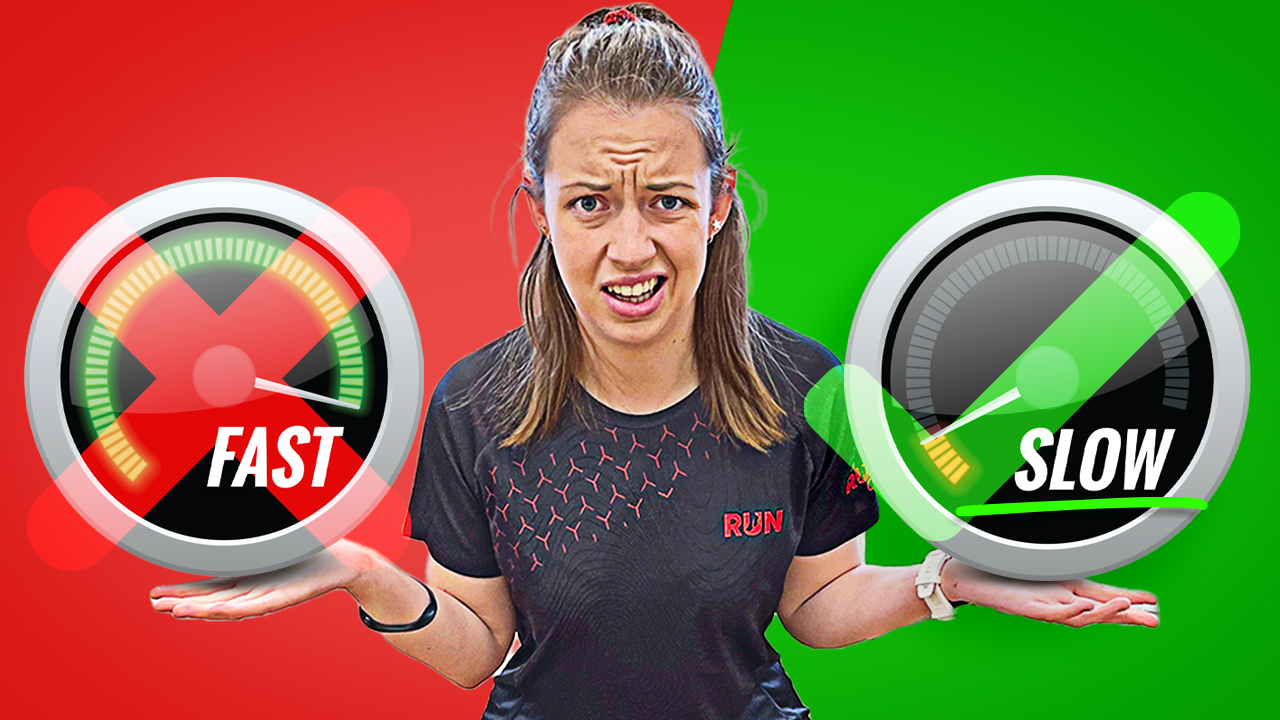












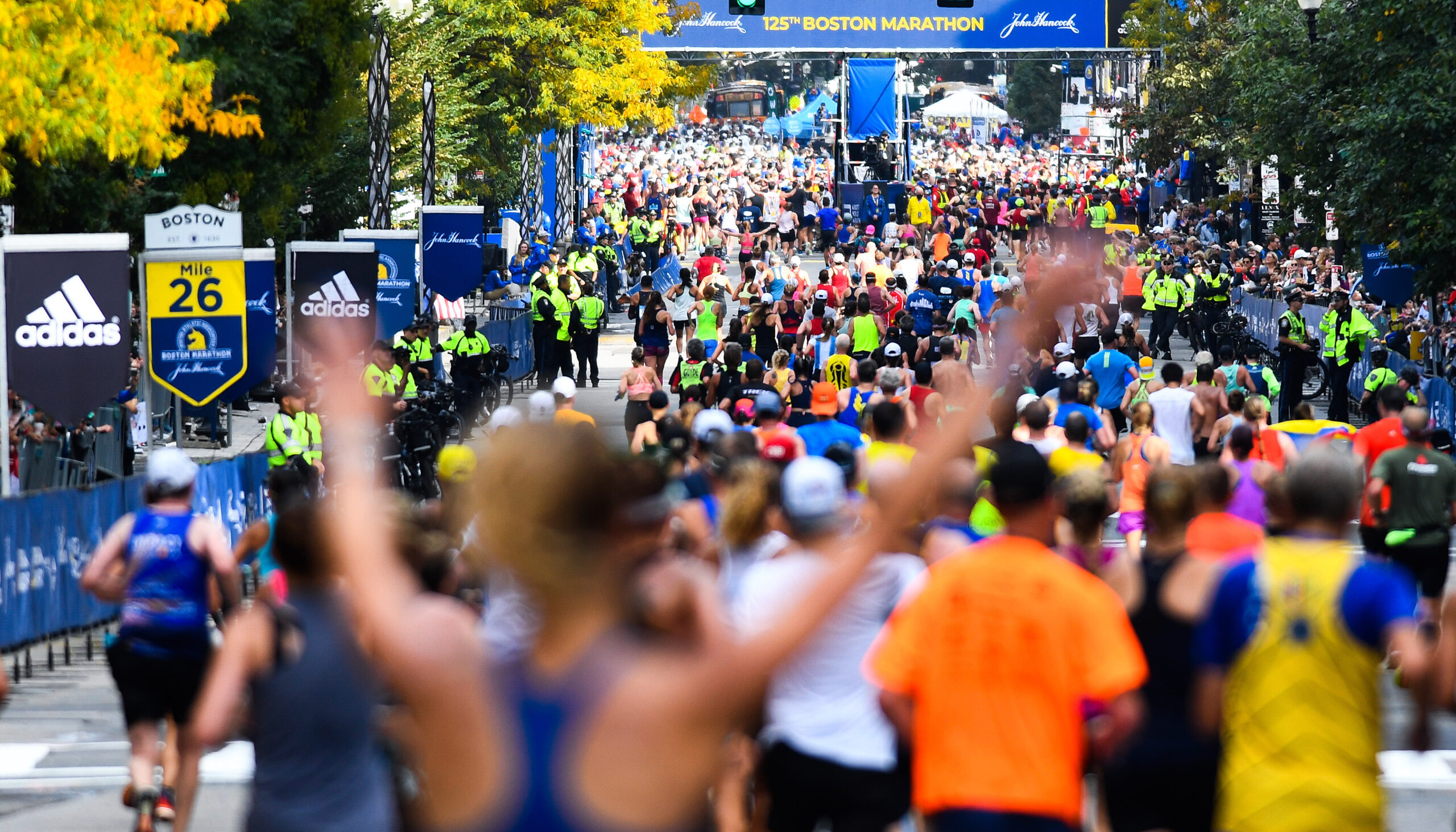


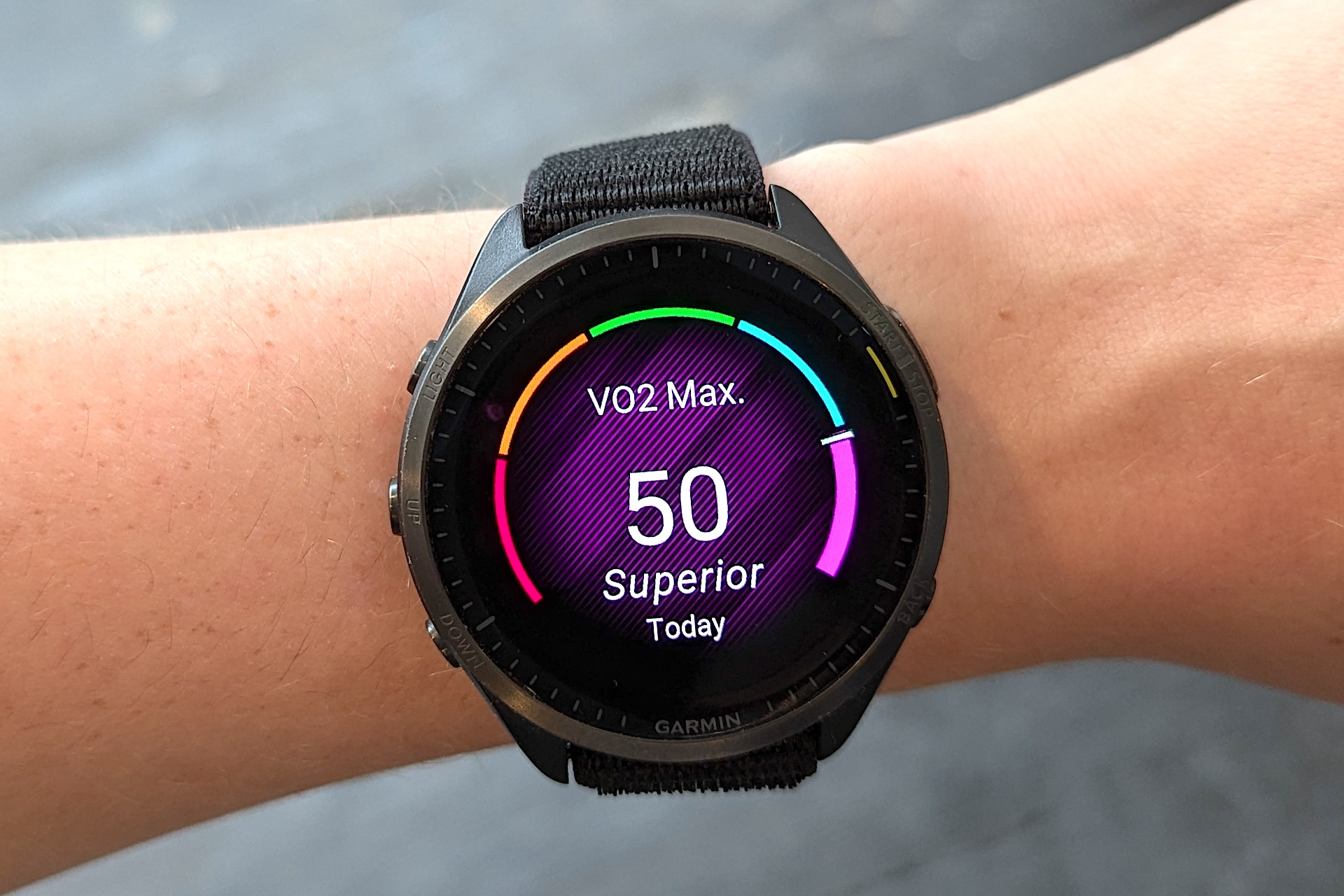

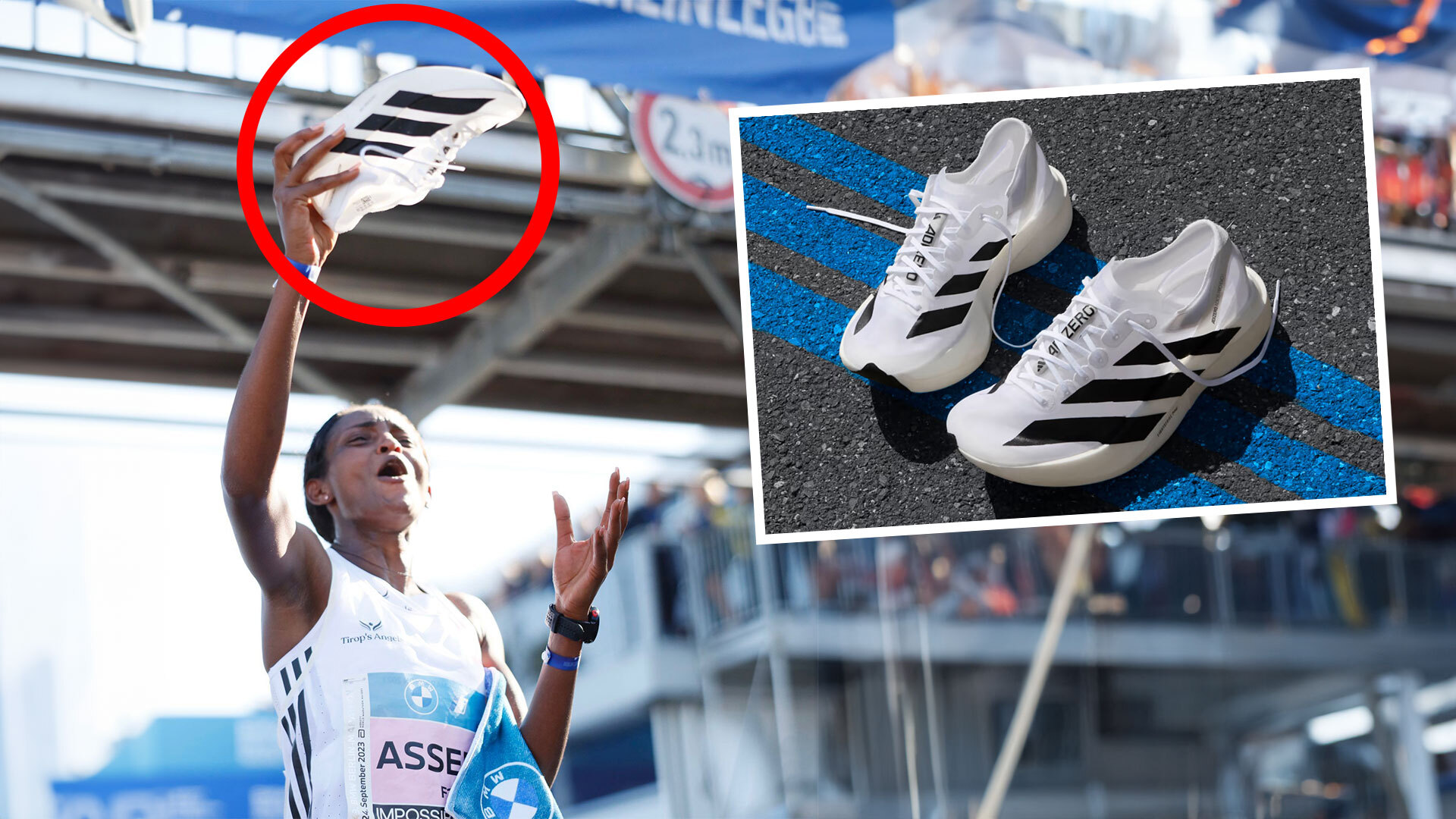




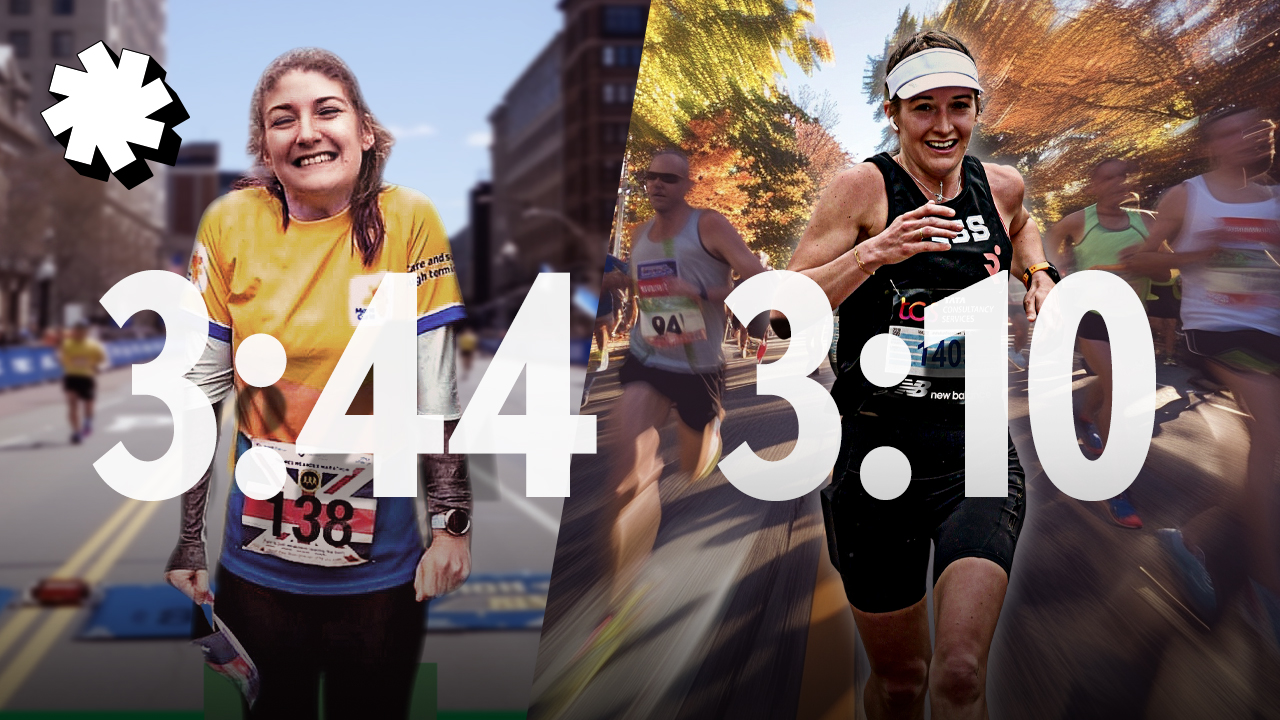

Running News
Paris 2024 Olympics Running Schedule
What Are Olympic Medals Actually Made From?
On Cloudboom Strike LS Initial Thoughts